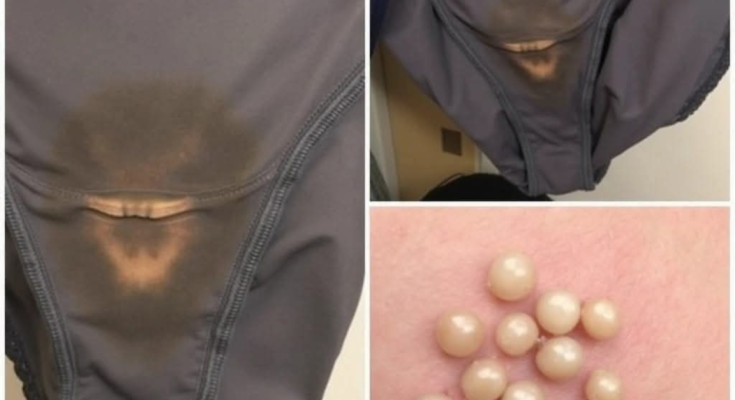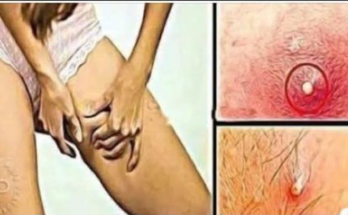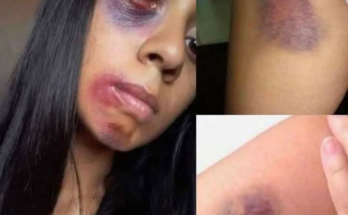Your skin is your body’s largest organ, and it often serves as the first line of defense against infections, environmental damage, and harmful UV rays. However, it can also act as an indicator of internal health problems. Among the many warning signs the skin can present, certain dots, spots, or discolorations should never be ignored. While some skin changes may be harmless, others can be a sign of something more serious, including skin cancer
The Importance of Monitoring Your Skin
Early detection is key when it comes to skin cancer. Many people tend to overlook small changes in their skin, dismissing them as harmless blemishes. However, certain patterns, colors, or evolving marks could indicate the presence of a dangerous condition. One of the most alarming signs to watch for is the appearance of unusual dots, which could signal melanoma or other types of skin cancer.
What Kind of Dots Should You Be Concerned About?
While freckles and benign moles are common, certain spots require medical attention. The most concerning types of dots or lesions on the skin include:
- fatigue or easy bruising, immediate medical consultation is necessary.
4. Dark Dots Under the Nails
- A small black or brown spot under a fingernail or toenail that does not grow out with the nail could be a sign of subungual melanoma.
- This type of melanoma is often mistaken for a bruise but does not fade over time.
- If you notice a persistent dark mark under your nail, consult a dermatologist.
The ABCDE Rule: A Guide to Spotting Skin Cancer
One of the most effective methods for identifying potentially cancerous spots is the ABCDE rule. This guideline helps differentiate between harmless moles and concerning skin changes:
- A – Asymmetry: If one half of the spot looks different from the other, it’s a warning sign.
- B – Border: Irregular, jagged, or blurred edges should be examined by a doctor.
- C – Color: Spots with multiple shades or unusual colors (blue, red, or white) may indicate cancer.
- D – Diameter: If the spot is larger than a pencil eraser (6mm), it should be checked.
- E – Evolution: Any change in size, shape, or color over time is a major red flag.
- Dermatologist Appointment: A skin specialist can perform a biopsy to determine whether the spot is cancerous.
- Avoid Self-Diagnosis: Many benign conditions mimic skin cancer. Only a professional can provide an accurate diagnosis.
- Practice Sun Protection: Use sunscreen with at least SPF 30, wear protective clothing, and avoid tanning beds.
- Perform Regular Skin Checks: Examine your skin monthly for new or changing moles or spots, especially in hard-to-see areas like the back and scalp.
Conclusion
Your skin’s health is vital, and being vigilant about changes in its appearance can be life-saving. If you notice unusual dots, marks, or moles that match the warning signs of skin cancer, don’t ignore them. Early detection and prompt treatment can prevent the progression of the disease and improve outcomes. When in doubt,
always seek medical advice—because when it comes to skin cancer, caution is better than regret.



